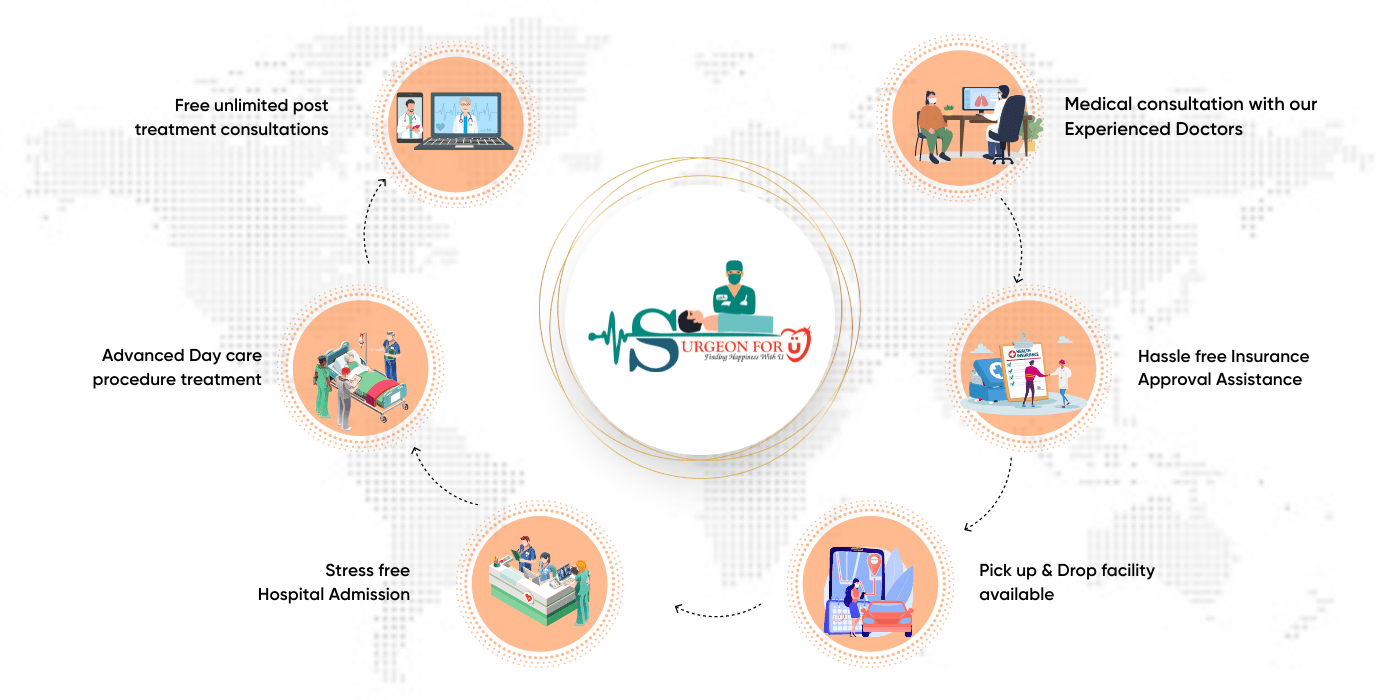A laparoscopy is a type of exploratory surgery performed with a laparoscope. The surgeon makes one or two keyhole incisions to examine your abdominal and/or pelvic cavities. The less intrusive option to a laparotomy is this. It is typically performed for diagnostic purposes in order to search for issues that imaging tests have been unable to detect. During the procedure, the surgeon may collect tissue samples for a biopsy. During the laparoscopy, they could also be able to treat small issues, including remove growths or obstructions that they discover during the examination.
Laparoscopic surgery is a minimally invasive surgical technique that is performed in the abdomen and pelvis. It employs a laparoscope to see inside your body without fully opening it up. A laparoscope is a thin, telescopic rod with a camera at the end. In contrast to open abdominal surgery, which requires a 6- to 12-inch incision, laparoscopic surgery only requires two to four tiny incisions, each no larger than half an inch. The others are for the surgical tools, and one is for the camera. Keyhole surgery is another name for minimally invasive surgery that alludes to these tiny incisions.
Types of Procedures & Treatments
- Cyst, fibroid, stone, and polyp removals.
- Small tumor removals.
- Biopsies.
- Tubal ligation and reversal.
- Ectopic pregnancy removal.
- Endometriosis surgery.
- Urethral and vaginal reconstruction surgery.
- Orchiopexy (testicle correction surgery).
- Rectopexy (rectal prolapse repair).
- Hernia repair surgery.
- Esophageal anti-reflux surgery (fundoplication).
- Gastric bypass surgery.
- Cholecystectomy (gallbladder removal) for gallstones.
- Appendectomy (appendix removal) for appendicitis.
- Colectomy (bowel resection surgery).
Abdominoperineal resection (rectum removal). - Cystectomy (bladder removal).
- Prostatectomy (prostrate removal).
- Adrenalectomy (adrenal gland removal).
- Nephrectomy (kidney removal).
- Splenectomy (spleen removal).
- Radical nephroureterectomy (for transitional cell cancer).
- Whipple procedure
- (pancreaticoduodenectomy) for pancreatic cancer.
- Gastrectomy (stomach removal).
- Liver resection.
More difficult surgeries can now be successfully carried out through keyhole incisions thanks to the advancements in laparoscopic surgery tools and techniques. Laparoscopic surgery, or a mix of laparoscopic surgery and manual or robotic assistance, can now be used to perform many procedures that were previously deemed too complex for minimally invasive techniques. Whether you are considering surgery as an elective, preventative, or emergency procedure, these innovations can help. Laparoscopic surgery significantly lessens the danger and recovery responsibilities.
Why choose Surgeon for u ?
24/7 Advanced care
Highquality Surgical procedures
Specialised services

Day Care Procedure

Insurance Assistance

Advanced Technology

QUICK LINKS
Patient Reviews
FAQ’s
About Us
Services
Contact Us
Blog
Online Consultation
CENTERS OF EXCELLENCE
Proctology
Laparoscopy
Vascular
Urology
Gynaecology
Opthamology
Orthopedics
TREATMENT PROCEDURES
Laser Piles
Breast implant
Varicose veins
Hair transplant
Hemorrhoids
Circumcision